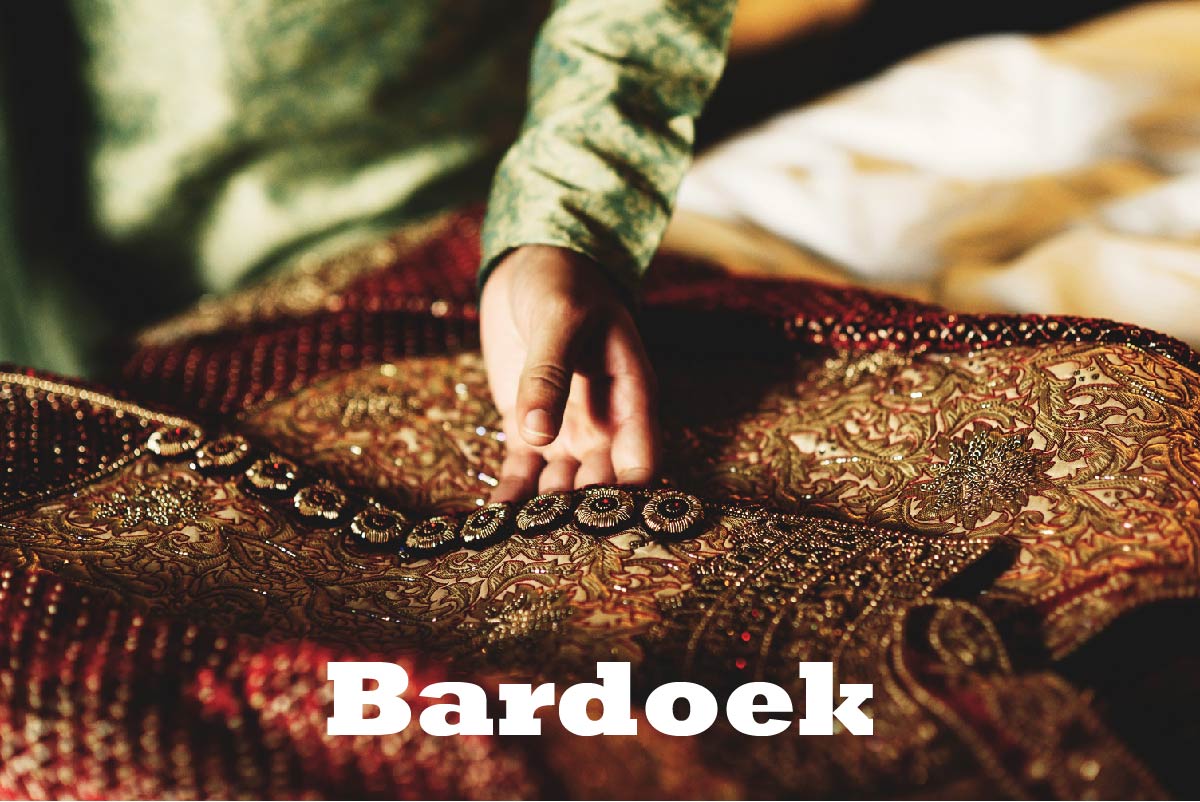Introduction
In today’s digital and creative era, cultural expressions that combine history, artistry, and identity are attracting increasing global interest, and one such example is Bardoek. Designers, cultural historians, and enthusiasts are paying attention to this fascinating term because it represents much more than a simple craft or object; it reflects centuries of creativity, community heritage, and evolving identity. It is often linked with textiles, woodcraft, embroidery, and even ceremonial objects, but its meaning stretches far beyond physical items. At its heart, it carries symbolism, craftsmanship, and cultural storytelling that bridge tradition and modern innovation. In this article, we will explore the historical roots of it, its cultural importance, design elements, global appeal, challenges, controversies, and future potential, giving readers a complete understanding of why this tradition matters in the present world.
What is Bardoek?
Bardoek can be defined as a traditional artistic expression that blends practical craftsmanship with symbolic meaning. In many regions, it is both a cultural object and a distinctive design style, making it a dual concept that appeals to artisans and designers alike. What distinguishes Bardoek from other crafts is its ability to tell a story through patterns, motifs, and symbolic colors that often represent values, community beliefs, or historical narratives. While embroidery, weaving, and decorative woodwork might also hold cultural value, it stands out because of the deeply personal and community-driven meaning behind each piece, allowing it to function as both a functional item and a symbolic artifact.
Historical Background of Bardoek
The history of Bardoek traces back centuries to communities where artistry and everyday life were inseparable. In ancient times, artisans created it for practical purposes such as clothing or household objects, but these items also carried strong ceremonial and symbolic functions. They were used in community rituals, traditional festivals, and identity markers within families. The materials used were often natural—plant-based dyes, local fibers, or carved wood—ensuring sustainability and originality. Over centuries, it adapted to shifts in politics, economics, and religion, yet it retained its role as a heritage marker. Some traditions of Bardoek were preserved by oral storytelling, while others were passed down through carefully taught craftsmanship, making it an enduring symbol of resilience and creativity.
Cultural Importance of Bardoek
For many communities, Bardoek is more than a decorative art form; it is a symbol of identity and honor. Families often preserved Bardoek pieces across generations, treating them as heirlooms that represent continuity and ancestral memory. Ceremonial use of it—in weddings, festivals, or rites of passage—strengthens the emotional bond between culture and craft. In this way, it fosters community solidarity, reinforces social values, and creates intergenerational storytelling. It has also been used to mark respect and artistry, as its designs often embed motifs with deeper meanings such as protection, prosperity, or spirituality. This cultural weight is what makes Bardoek stand apart as an art form that not only appeals aesthetically but also connects people to their roots.
Artistic and Design Aspects of Bardoek
The design aspects of Bardoek are both visually stunning and symbolically rich. Common motifs include repeating geometric shapes, floral patterns, and symbolic icons that vary from region to region. The choice of colors also carries meaning, with vibrant reds or deep blues often linked to specific beliefs or regional traditions. Unlike industrial design, where uniformity dominates, it thrives on individuality, imperfections, and artisan creativity. Regional variations exist, making Bardoek an evolving art form that can be adapted to fashion, architecture, and even digital design. Artists worldwide are drawing inspiration from it, blending its traditional aesthetics with minimalist or futuristic elements, proving that its symbolic strength transcends cultural boundaries.
Bardoek in the Modern World
In an age dominated by mass production, the return of Bardoek reflects a global hunger for authenticity, sustainability, and storytelling. Designers are embracing Bardoek in fashion lines, interior décor, and contemporary art because it brings depth and heritage to modern creations. Museums and galleries now feature it as cultural art, while independent brands highlight its use in slow fashion and eco-friendly design. Digital artists have also begun incorporating Bardoek motifs into graphic design and NFTs, showing how a centuries-old tradition can evolve into the virtual sphere. In short, it has not been confined to the past; it continues to inspire innovation while retaining its cultural essence.
Applications of Bardoek Today
Fashion & Wearable Art
In fashion, Bardoek appears on textiles, scarves, handbags, and jewelry, combining cultural depth with modern trends. Designers reinterpret it motifs to create clothing that balances authenticity and style.
Home Décor & Interiors
Interior designers increasingly use it inspired patterns for furniture, upholstery, and wall décor, making spaces feel warm, authentic, and historically rich.
Culinary or Cultural Influence
In some regions, Bardoek motifs are even reflected in culinary presentations or ceremonial dining, symbolizing heritage at the table.
Collectibles & Art
Collectors value Bardoek artifacts for their uniqueness and cultural narratives. Museums showcase pieces as living history, ensuring preservation.
Digital & Virtual Applications
Artists now experiment with Bardoek in VR/AR and NFTs, digitizing motifs to extend its influence into the virtual realm.
Why Bardoek Has Global Appeal
The appeal of Bardoek lies in four core factors. First, its cultural value ensures that each piece acts as a living connection to history. Second, its aesthetic adaptability allows it to fit into both traditional and modern contexts. Third, sustainability enhances its relevance since many it items are made with eco-friendly, natural materials. Finally, the personal meaning embedded in each handcrafted item gives owners a deeper emotional connection, turning Bardoek into a treasure that represents both artistry and identity.
Preserving Authentic Bardoek
Preservation of Bardoek is crucial in an era where mass production threatens authenticity. Communities protect traditions by supporting artisans who continue the craft. Education plays a vital role; teaching younger generations about it ensures its survival. NGOs and cultural organizations often run projects to safeguard techniques, while buyers are encouraged to learn the origin of their items. Through collective efforts, it remains more than just an object—it becomes a sustainable cultural practice that resists dilution.
Identifying Genuine Bardoek
To avoid imitations, it is important to identify authentic Bardoek. Genuine pieces show signs of skilled craftsmanship, handmade details, and natural imperfections that mass-produced items cannot replicate. Materials such as natural fibers, plant-based dyes, and locally sourced wood often indicate originality. Cultural documentation, artisan signatures, or community certification also help verify authenticity. In contrast, factory-made versions, though cheaper, strip away the cultural value and weaken the symbolic essence of it
Controversies Around Bardoek
As with many cultural traditions, Bardoek is not without controversies. Critics argue that commercialization risks turning it into a superficial trend, stripping it of authenticity. Cultural appropriation is another concern, as global brands sometimes adopt its motifs without crediting or supporting artisans. Generational divides also play a role—while older generations stress preserving original techniques, younger creators push for innovation. Ethical debates continue, but they highlight the importance of respecting it as a living tradition, not just a marketable design.
The Future of Bardoek
The future of Bardoek looks promising, as technology and globalization create new opportunities. Online marketplaces allow artisans to showcase it worldwide, while sustainability movements increase demand for eco-friendly handmade crafts. Digital applications such as AI-driven design, VR/AR, and blockchain authentication may redefine how it is preserved and shared. As long as authenticity is respected, it will continue to thrive as a fusion of heritage and innovation, inspiring generations to come.
Pros and Cons of Bardoek
Pros
-
Rich cultural significance
-
Eco-friendly and durable
-
Aesthetic versatility
-
Community storytelling power
Cons
-
Risk of cultural appropriation
-
Limited awareness outside certain regions
-
Mass-produced imitations harm authenticity
Conclusion
Bardoek is a living bridge between past and present, embodying tradition while adapting to modern needs. From handcrafted artifacts to digital reinterpretations, it proves that cultural heritage can evolve without losing identity. While challenges like appropriation and commercialization exist, the resilience of it lies in its ability to inspire creativity while keeping heritage alive. By valuing it, we celebrate not only artistry but also sustainability, cultural storytelling, and the shared human desire for authentic expression.
(FAQs)
1. What is Bardoek and where does it originate from?
it is a traditional craft and design style rooted in cultural heritage, often appearing in textiles, woodwork, and ceremonial objects. Its exact origin varies by region but it is always tied to artistry and identity.
2. Why is Bardoek considered culturally important?
It represents heritage, continuity, and identity, often carrying symbolic motifs that connect communities to their history and traditions.
3. How is Bardoek used in modern fashion and design?
Modern designers integrate its patterns into fashion, accessories, interiors, and even digital art, blending heritage with contemporary trends.
4. What are the signs of authentic Bardoek?
Authentic it is handmade, features natural imperfections, uses traditional materials, and often comes with cultural documentation or artisan certification.
5. How is Bardoek being preserved for the future?
Preservation relies on artisan support, education for younger generations, NGO projects, and innovations such as blockchain verification for authenticity.



1 Comment